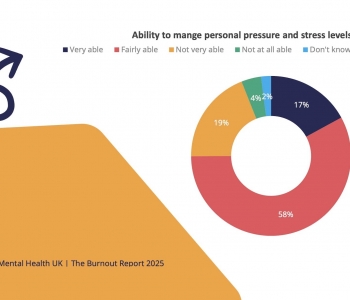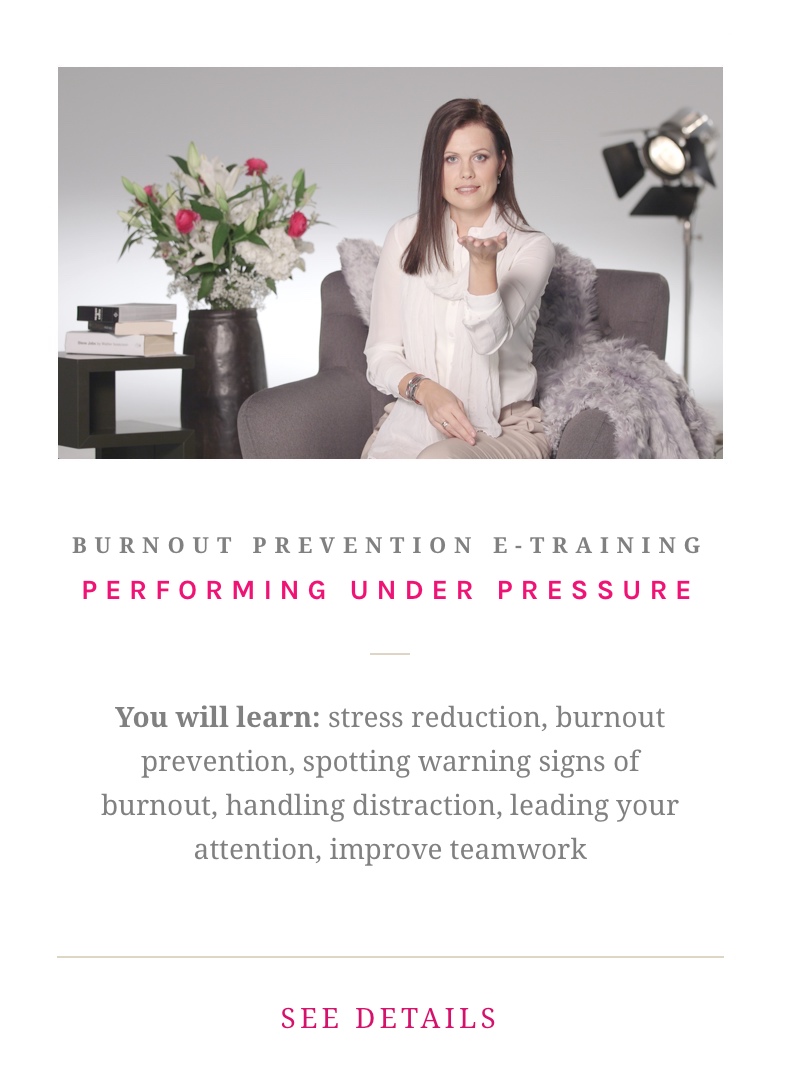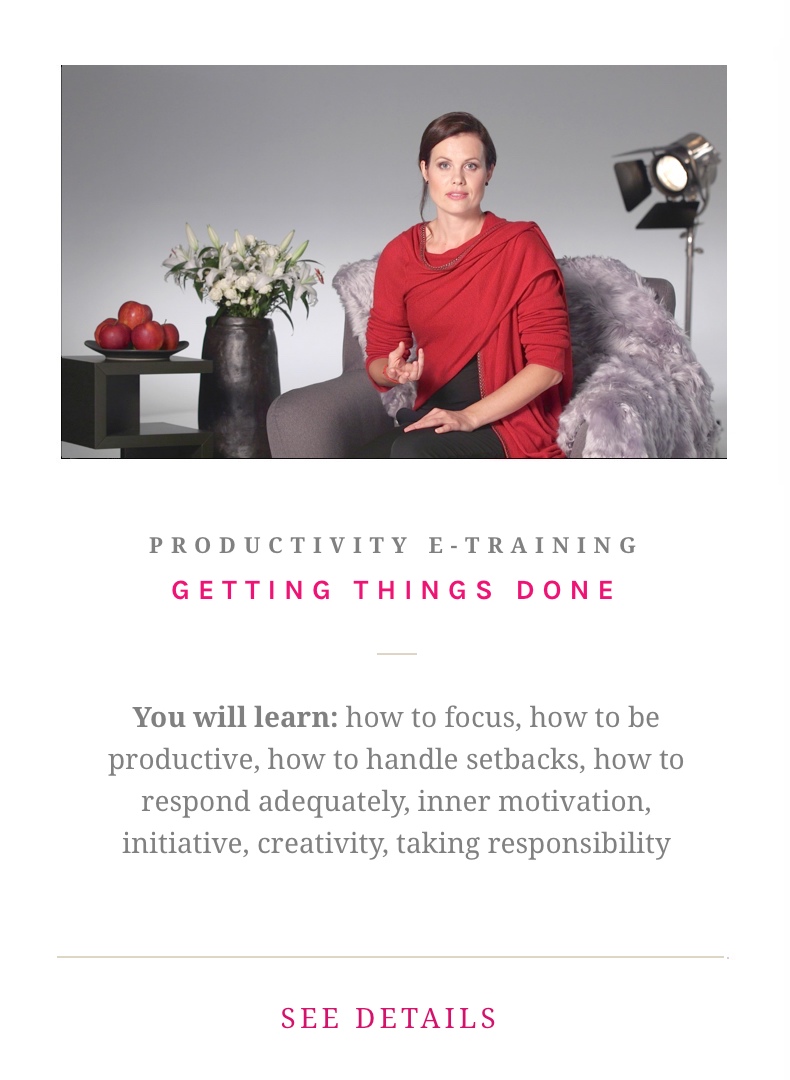Identifying Stress Categories and How Burnout Undermines Workplace Performance
In workplaces, stress has become an almost ubiquitous experience. While short-term stress isn’t yet problematic, chronic or prolonged stress can have detrimental effects, often culminating in a state of burnout.
Understanding the intricate connection between stress and burnout is crucial for safeguarding our physical and mental well-being. Stress reduction and burnout prevention permit the prevention of work-related depression.
However, what you need to note is that only 17% of employees consider themselves very able to manage pressure and stress levels (see the image at the top of the blog), while only 9% haven't experienced high pressure and stress levels in the past year.
It proves that even the very able can improve their stress reduction skills! Let's open up the topic further and explore stress categories and the sustainable path to stress reduction.
The Body's Response to Stress: Cortisol, Adrenaline, and Physical Exhaustion
When we perceive a threat or challenge, our physical body initiates a complex physiological reactivity, often referred to as the "fight-or-flight" response. Actually, it isn't a response as a conscious choice; it is subconscious and automatic inner reactivity. Such reactivity is rapid and exhausting.
Two key hormones play a central role in this reactive process: cortisol and adrenaline.
- Adrenaline (Epinephrine): Released rapidly by the adrenal glands, adrenaline triggers immediate physical changes. It increases heart rate and blood pressure, boosts energy supplies by converting glycogen to glucose in the liver, and directs blood flow toward muscles and the brain. Such a surge of energy and alertness prepares us, in case of an emergency, to take immediate action.
For example, if you suddenly encounter a dangerous situation, adrenaline helps you react quickly. The problem is that most dangers in today’s workplaces are not life-threatening and are often just in your mind. When your mind is reactive, it often leads to burnout as adrenal glands “burn out” adrenaline resourcesthus your physical body becomes depleted if this repeats often due to subconscious inner reactions.
- Cortisol: Also released by the adrenal glands, cortisol's effects are more sustained. It works to maintain blood sugar levels, suppress the immune system, and help the body return to a state of balance after the initial stress response. While essential for managing acute stress, chronically elevated cortisol levels can have negative consequences.
For instance, prolonged periods of high work pressure make you reactive, and this leads to consistently high cortisol levels, and if this happens, it disrupts sleep patterns and weakens the immune system.
Physical exhaustion is a direct consequence of prolonged stress.
The constant activation of the inner stress reactions puts a significant strain on the physical body's resources. Muscles may become tense, leading to headaches and body aches.
Also, digestive issues, such as stomachaches or overindulging to feel better, can arise due to the impact of stress hormones on the gut. Furthermore, chronic stress can disrupt sleep patterns, leading to fatigue and decreased energy levels.
Over time, this physical toll can manifest as more serious health problems, including cardiovascular disease and a weakened immune system, making the body more exposed to infections. For example, individuals under constant financial or work-related strain might experience persistent headaches, muscle tension in their neck and shoulders, or frequent colds. It is worth remembering that having too much work or money and having too little work or money can be equally stressors.

Stress isn't about stressors; stress is about your own inner, rapid subconscious reactivity. This is often not understood.
Reducing stressors is possible but hard; learning intrapersonal skills and becoming more aware of what is going on inside you is a solution.
Practical awareness-based intrapersonal skills allow you to observe your inner domain. Such observing allows you to notice subtle inner changes based on using your awareness as a tool.
You can become aware of something around you and something in you as well. But only when you notice a stress reaction instead of a stressor will you gain the power to change things.
Removing inner reactivity is the solution, and this is why all employees need practical intrapersonal skills. Remember, all skills are always personal. Using your self-leadership skills to make conscious choices instead of reacting is what can remove excess stress and prevent burnout.
The Path to Burnout: Prolonged Stress
While stress is something that everyone can experience, short-term pressure and stress episodes aren't mental health problems.
Burnout is a state of emotional, physical, and mental exhaustion caused by prolonged or excessive stress.
Burnout happens as you become more and more reactive and slowly lose contact with your calm inner being. Overdoing without breaks speeds up the burnout process.
While burnout is directly associated with one's professional life, it can also occur in other areas, such as caregiving and being home with children without support from your spouse. Even students can experience burnout.
Burnout is characterized by three key dimensions:
- Exhaustion: Feeling emotionally drained and physically depleted, lacking the energy to cope with demands.
- Cynicism (or Depersonalization): Developing negative or detached feelings towards one's job or responsibilities, feeling distant and emotionally numb.
- Reduced Professional Efficacy (or Accomplishment): Feeling a sense of ineffectiveness and a lack of accomplishment in one's work, despite potentially putting in significant effort.
The connection between chronic stress and burnout is clear, and the problem is that stress turns into different phases of burnout too slowly for an untrained mind to spot. That is why training intrapersonal skills, while you are still well, matters.
Unmanaged stress can gradually erode an individual's resilience. So, pause and test your stress level now for free.
.jpg)
|
The persistent activation of the inner reactivity, with its hormonal fluctuations and physical demands, depletes the body's resources, making individuals more vulnerable to emotional and mental fatigue.
Stress Reduction Starts From Giving Value to Relaxation and Pauses
Modern work with constantly interconnected devices is often full of stressors. Everything from heavy workloads, long hours, tight deadlines, interpersonal conflicts, and jammed phones to freezing computers can be seen as a stressor. Also, a lack of control over your time and actions can contribute to chronic stress.
The pressure to constantly perform and be "always on" can lead individuals to neglect their own needs, pushing them from early burnout phases to the last one, where waking up and going to work becomes impossible.
Any person consistently working overtime without adequate breaks, juggling multiple demanding projects/tasks, and experiencing a lack of support from their leaders or colleagues is at high risk of developing burnout. Usually, the more demanding the work, the faster the burnout process. And fast is never overnight.
The slowness of burnout makes it 100% preventable.
The right time to start burnout prevention is when you initially feel stressed and overwhelmed. Why then?
Over time, pressure and stress can evolve into feelings of cynicism and resentment towards the job you do. When a lack of inner motivation appears, you no longer see meaning in your work, which speeds up the process of becoming completely drained.
Integrating relaxation and regular pauses into your daily life isn't a luxury but a necessity for preventing and mitigating the negative effects of stress and burnout. Pauses matter. Relaxation matters. Having good intrapersonal skills and techniques to release negative emotions clearly helps.
Regular breaks and a complete switch off during the weekends allow your physical body and mind to calm down and relax.
When your weekend is also extremely active, your body and mind are also under stress. While regular exercise is a stress reliever as it releases endorphins, which have mood-boosting effects, overactivity is no longer pleasant.
So, training your body is good, but keeping it actively busy over the whole weekend isn’t any longer relaxing and can, instead, add stress.
Walking in nature at a slow pace and observing and pausing to listen to silence is more effective than busy homework, gym, and party time in a noisy environment. Reading a book is way better than watching any movie. Remember, most social media is also causing inner reactions, so avoid it!
Even brief pauses throughout the day can make a huge difference. Stepping away from your computer or work desk or whatever machinery you run for a few minutes to stretch and listen to silence or take a short walk, or practice calm, deep breathing can help reduce tension and improve focus.
Also, prioritizing sleep is crucial for physical and mental restoration. Aiming for 7-9 hours of quality sleep each night supports the body's natural recovery processes, and remember to keep a regular sleep pattern as much as possible. Avoiding blue screens an hour before sleep and sleeping in a darkened room is the key to good sleep.
Vacations and time off, or even a sabbatical month or year, can help. Taking longer breaks from work allows for complete disengagement from the usual stressors and provides opportunities for rest and rejuvenation. However, intrapersonal skills matter also here, as traveling (like rescheduling of flights etc.) can also cause stress.
Usually, we can escape stress in a new environment until everything is new, and we need to use our awareness to manage things. When routine kicks in, stress reactions return.
Do you remember the global pandemic? We worked from home, and suddenly stressors were the usual situations at home that had never been a problem before! Burnout rates didn't go down, but instead went up!
Intrapersonal skills are equally needed in all situations to spot inner reactions and replace them with conscious choices.
Stress categories
The article 'Physiology, Stress Reaction' by Brianna Chu; Komal Marwaha; Terrence Sanvictores; Ayoola O. Awosika, and Derek Ayers states that “stress can be categorized into various types based on duration, source, and response.
- Acute stress: The short-term stress that typically results from immediate stressors or challenging situations. The body's fight-or-flight response leads to temporary physiological changes such as increased heart rate and adrenaline release.
- Chronic stress: This occurs when the stressor persists over an extended period. Prolonged exposure to chronic stress can lead to cumulative physiological and psychological effects, increasing the risk of health problems such as cardiovascular disease, anxiety, and depression.
- Episodic acute stress: The stress occurs when individuals experience frequent episodes of acute stress. This pattern may be characteristic of individuals who lead chaotic or disorganized lifestyles, constantly facing deadlines, commitments, or interpersonal conflicts. The cycle of stress exacerbates health issues and impairs daily functioning.
- Traumatic stress: This type results from exposure to traumatic events, such as natural disasters, accidents, or violent acts. The trauma overwhelms an individual's ability to cope and may lead to symptoms of posttraumatic stress disorder (PTSD), including intrusive memories, avoidance behaviors, and hyperarousal.
- Environmental stress: This type arises from adverse or challenging conditions in one's surroundings, including noise, pollution, overcrowding, or unsafe living conditions. These stressors can have detrimental effects on physical and mental health, contributing to a sense of discomfort or unease.
- Psychological stress: The stress stems from cognitive or emotional factors, such as perceived threats, worries, or negative thoughts. Typical stressors include work-related pressures, academic expectations, social comparisons, or self-imposed demands. Manifestations include anxiety, rumination, or perfectionism.
- Physiological stress: Physiological stress refers to the body's response to internal or external stressors that disrupt homeostasis. Examples include illness, injury, sleep deprivation, or nutritional deficiencies, which activate physiological stress pathways and compromise health and well-being. (See the sources of this summary in the original quoted article)”
Key Findings From 2025 Stress and Burnout Reports and Studies
Multiple reports lately indicate alarmingly high levels of stress and burnout among the workforce. The 2025 UK Burnout Report states that a staggering 91% of respondents experienced high or extreme stress in the past year.

According to the same report, younger adults (18-24 years old) are reported to be most at risk of high workplace stress, often due to factors like unpaid overtime, increased workload due to the cost of living, and feelings of isolation at work.
While there's a slight overall increase in people feeling comfortable discussing stress with their line managers, younger workers (18-24) reported a sharp decline in this comfort level compared to the previous year.
The survey of 2,000 working Brits found that almost a third (28%) have experienced burnout in the past month, with a further quarter (27%) hitting it within the past six months.
New research in April 2025 indicates that employee burnout costs employers significant amounts annually due to absenteeism, reduced productivity, and healthcare expenses. Employee burnout can have costs ranging from approximately $4,000 to $21,000 per employee in the U.S. This is according to the latest research article, 'The Health and Economic Burden of Employee Burnout to U.S. Employers', published in the American Journal of Preventive Medicine. Based on this, it can be estimated that a 1,000-employee company could lose over $5 million annually due to burnout (Calculation source: CUNY SPH, February 2025).
All these findings underscore the critical need for individuals and organizations to prioritize stress reduction and burnout prevention strategies.
Burnout undermines workplace performance directly, as stress and early phases of burnout make you more hectic and nervous. In the later stages, burnout leads to mistakes, accidents, and health problems. We remind you again: in the final phase, it has 86-92% overlap with depression.
People who burn out are top experts and leaders, and mostly they leave the company as they can't cope with the work that has high stress levels without experiencing burnout again. To keep your talent, stress reduction and burnout prevention are a must for all people, regardless of their job title and age.
This website offers a very efficient and well-received burnout prevention online training, ‘Performing Under Pressure’. Don’t postpone action; start reducing stress and preventing burnout now. It is a win-win investment deal for the employer and employees.
Conclusion
The connection between stress and burnout is a critical concern for individual and organizational well-being. Chronic, unmanaged stress leads to physical exhaustion and paves the way for the debilitating state of burnout.
The pressures of modern work often exacerbate this process, highlighting the indispensable need for incorporating regular relaxation and pauses during a workday into our lives.
Recent studies from 2025 further underscore the widespread prevalence and detrimental impact of stress and burnout, emphasizing the urgent need for proactive mental wellness strategies to foster healthier and more sustainable ways of living and working.
|
The overview and Stress Awareness Month blog post provided by Kaur Lass






